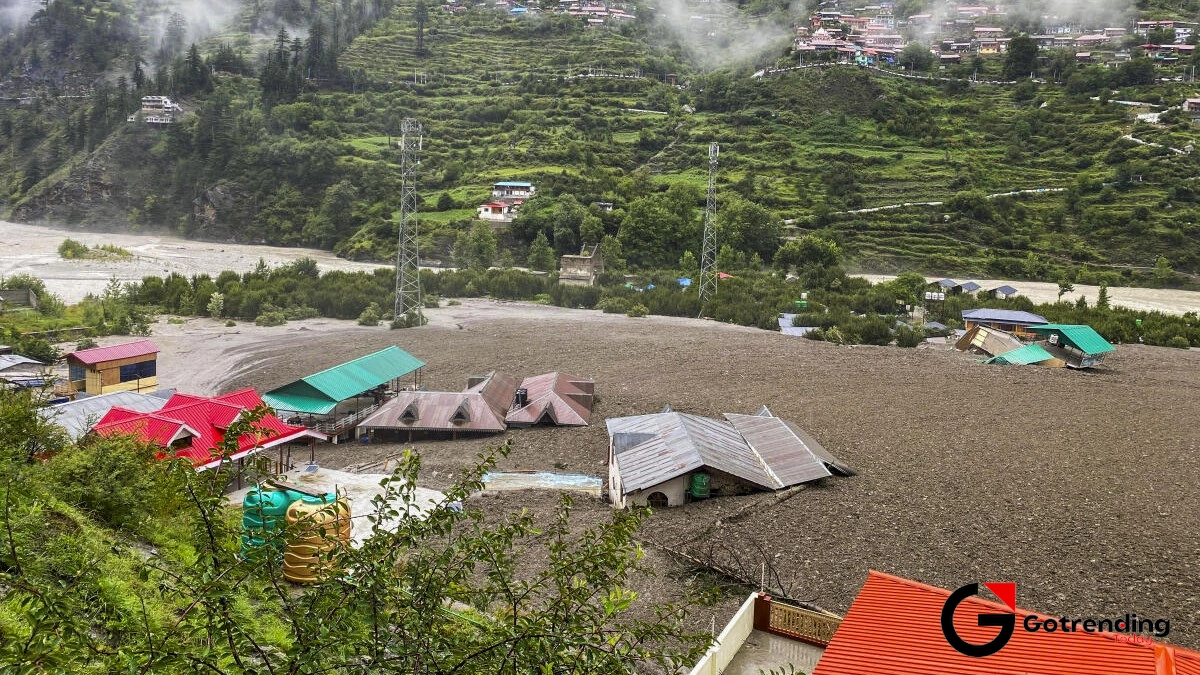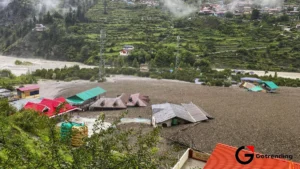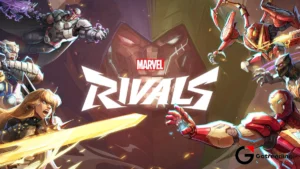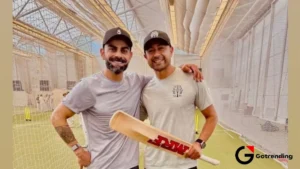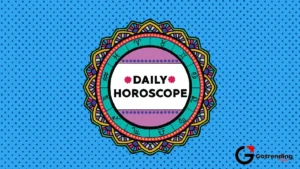The Adam Turck Blueprint | How a US Artist’s Playbook Can Launch Your Creative Career in India
Let’s have a real chat. You’re sitting there, maybe in a cubicle in Gurgaon or a co-working space in Bengaluru, scrolling through Instagram. You see these incredible artists, living the dream. They draw, they create, they sell their work, and they seem… free. And a little voice in your head whispers, “I could do that. I want to do that.” But then the bigger, louder voice kicks in: “How? How do you even start? How do you go from doodling in a notebook to actually paying your bills with your art?”
I get it. The gap between passion and profession feels like a canyon. But today, I want to talk about a guy who built a bridge across that canyon, brick by brick. His name is Adam Turck .
Now, you might not know the name, but you’d recognise the style. It’s bold, graphic, and full of life like a comic book and a vintage travel poster had a very cool baby. He’s an American artist, based in Minneapolis, who left his corporate graphic design job to become a full-time, independent illustrator and screen printer. And here’s the thing: his journey is a masterclass. It’s a practical, no-nonsense blueprint for any aspiring creative in India looking to build a brand that’s not just beautiful, but also profitable.
So grab your chai or coffee. We’re not just going to admire his work. We’re going to dissect it. We’re going to steal his strategy (the good kind of stealing!) and figure out how you can apply it to your own hustle, right here, right now.
Finding Your “Unmistakable” Signature (The First Crucial Step)

Before you can sell anything, people need to know it’s yours. Think about it. You can spot a Van Gogh from a mile away. You know an R.K. Laxman cartoon the second you see it. That’s the power of a signature style. This is where Adam Turck absolutely nails it.
His work has a distinct DNA:
- Bold, Clean Lines: There’s nothing fuzzy or uncertain. His lines are confident and define the shapes clearly.
- Limited, Vibrant Colour Palettes: He doesn’t use every colour in the box. He often sticks to a handful of powerful, complementary colours that make his images pop.
- A Blend of Nostalgia and Modernity: His art feels a bit old-school, drawing on American folklore (like Paul Bunyan) and vintage design, but the execution is crisp and modern.
What fascinates me is why this is so effective. A strong style does two things: it makes your work instantly recognisable, and it makes you look like an expert. You’re not just trying things; you have a vision. This is the foundation of the art as a business model.
Your Action Plan for India: Don’t copy Adam Turck. Learn from him. Look around you. India is a treasure trove of visual inspiration.
- Local Folklore: Instead of Paul Bunyan, what about Vikram and Betal? Or the tales from the Panchatantra? What would a modern, graphic illustration of Tenali Raman look like?
- Urban Legends & Landmarks: Every city has its stories. The “Stoneman” of Kolkata, the history of Mumbai’s local trains, the iconic silhouette of Charminar. Turn these into bold, graphic art.
- Flora and Fauna: The Bengal Tiger, the Hornbill, the Gulmohar tree in full bloom. Give them a unique, stylised personality.
The goal isn’t to be the best artist in the world. It’s to be the only artist who does what you do, in the way you do it. Find that niche, and own it.
From Passion to Product | Mastering Your Medium
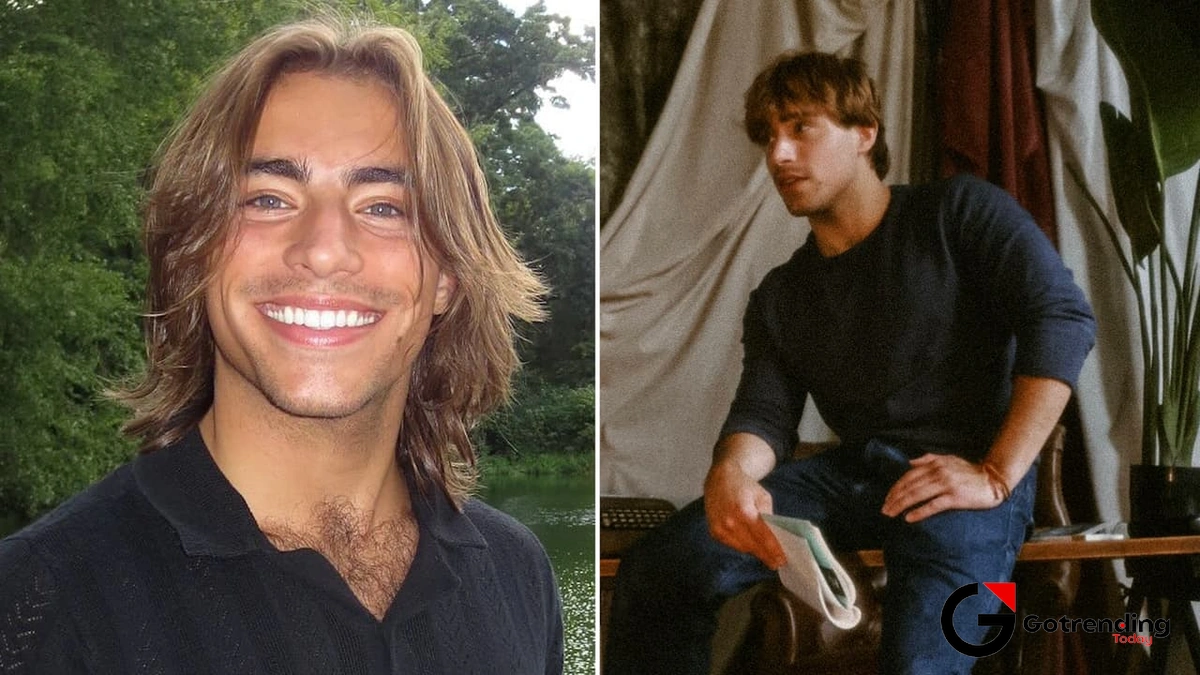
Adam Turck isn’t just an illustrator; he’s a screen printing artist . Screen printing is a hands-on, physical process that gives his work a tangible, authentic feel. Each print is pulled by hand. This choice of medium is strategic. It adds value and a story to his art. It’s not just a digital file; it’s a craft object.
But let’s be honest, setting up a screen printing studio in your 1BHK in Pune might be a challenge. So, what’s the lesson here? It’s not about screen printing, specifically. It’s about choosing your “thing” and getting damn good at it. When you master a medium, you control the final product and build a reputation for quality.
Your Action Plan for India:
- Go Digital with a Physical Mindset: Tools like Procreate and Adobe Illustrator are your best friends. You can develop a consistent graphic illustration style digitally that mimics a specific print style. Create brushes that give your work a block-print texture or a risograph feel.
- Explore Local Crafts: Have you ever considered collaborating with local artisans? Imagine your digital designs being brought to life by a traditional block printer in Rajasthan or a weaver in Kanchipuram. It creates a unique story and supports local economies.
- Print-on-Demand (POD): To start selling physical products like Adam Turck prints , you don’t need a huge inventory. Services in India now allow you to upload your designs, and they will print and ship posters, t-shirts, or mugs for you as orders come in. It’s a low-risk way to turn your art into merchandise.
The key is to create a product line that feels cohesive and reflects your signature style. Whether it’s a digital download, a Giclée print, or a t-shirt, it should all scream “you.”
The Art of the Hustle | Building a Business, Not Just a Portfolio

This is where so many talented artists falter. They create amazing work but don’t know how to sell it. Turck’s success isn’t just his art; it’s his business acumen. He diversifies his income streams like a Wall Street pro.
Let’s break down his model:
- Direct-to-Consumer: He sells prints, apparel, and other merchandise directly from his website. This gives him the highest profit margin and a direct relationship with his fans.
- Collaborations: This is huge. He partners with local breweries, sports teams, and companies. They get a cool, authentic piece of art, and he gets exposure to a massive new audience.
- Public & Commissioned Art: He paints large-scale murals. This is not only a significant source of income but also serves as massive, free advertising for his brand.
This multi-pronged approach is what transforms an artist into a brand. It’s what creates a sustainable independent artist career . The dedication required is immense, reminding one of the singular focus of figures like graham thorpe in his own field.
Your Action Plan for India:
- Build Your Online Dukan: Use platforms like Instamojo, Razorpay epos, or Shopify to create a simple, clean online store. Make it incredibly easy for people to buy your art.
- Collaborate Locally: That new craft beer pub in your neighbourhood? The cool indie music festival? The local startup that just got funded? Pitch them. Offer to design a limited-edition poster, merchandise, or even a mural for their office. Start small.
- Celebrate Your City: Turck is a Minneapolis hero because he celebrates Minneapolis. Become the artistic voice of your city. Create art that reflects the local pride. When people see their home in your art, they form an emotional connection. It’s a powerful marketing tool that feels genuine. Think about creating art that captures the energy of local events, even something as disruptive as a bmtc strike , turning a shared experience into a visual commentary.
Frequently Asked Questions (The Stuff You’re Probably Wondering)
What if I’m not a great drawer? Can I still do this?
Absolutely. Adam Turck’s style is graphic, not photorealistic. It’s about strong shapes, colours, and ideas. Many successful graphic artists use vector tools like Adobe Illustrator, which are more about building shapes than freehand drawing. Focus on composition and storytelling.
How do I even start pricing my art in India?
This is tough. A common mistake is pricing too low. Start by calculating your costs (materials, time, platform fees). Then, research what artists with a similar style and following are charging. For prints, you can offer different sizes at different price points. Don’t be afraid to charge what you’re worth.
Where can I see more of Adam Turck’s work for inspiration?
The best place is his official website,AdamTurck.com. It’s a great example of how to present your work professionally and run an online store. His Instagram is also a fantastic look into his process and new projects.
Is it really possible to make a full-time living as an artist in India?
Yes, but it’s not easy. It requires talent, business sense, and a lot of hard work. The artists who succeed, like Turck, treat their art like a serious business. They are consistent, they market themselves, and they build a community around their work.
What software is best for creating this kind of graphic art?
The industry standard is Adobe Illustrator for vector-based work, which is what gives that clean, scalable look. Procreate on the iPad is another fantastic and more intuitive option for a hand-drawn feel. The best tool is the one you master.
The journey of Adam Turck art isn’t about being a magical, born-with-it genius. It’s about a relentless dedication to a signature style, the smarts to turn that style into a range of products, and the hustle to build a community around it, one print at a time.
The blueprint is here. The canvas, whether it’s a screen in front of you or a wall in your city, is waiting. Your story, your culture, and your voice are the unique colours that no one else has. Now, go mix them.

